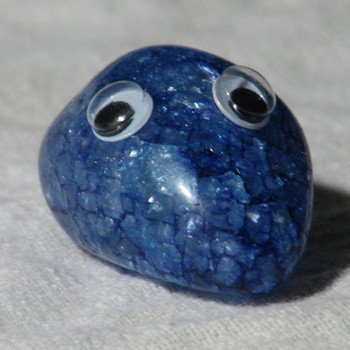The product of three consecutive odd integers is -6783. How do you write and solve an equation to find the numbers?
2 Answers
Explanation:
This problem can be solved by using some pretty nifty algebra.
Effectively the problem is
For instance,
Now lets bring it back to variables and put it in terms of
Now from here I'm going to graph looking for possible values for
graph{x^3+6x^2+8x+6783 [-207.8, 207.7, -108.3, 108.3]}
As you can see it's a pretty big graph so I'm only going to show the meaningful part, the intersection. Here we can see that the graph intersects at
So if -21 is our starting number, our following numbers will be -19 and -17. Let's test shall we?
Excellent!
Now upon research to ensure that I was doing this a good way, I actually found a trick on this website was a short little trick someone found. If you take the cube root of the product and round the number to the nearest whole integer, you will find the middle odd number. The cube root of
Now about that trick, I'm not quite sure how reliable it is under all circumstances but if you have a calculator (which with this algebra I hope you do), maybe use it to check.
If you do not have to show specific algebraic work (and especially if you can use a calculator (think SAT)), this particular problem lends well to a sneaky shortcut.
Explanation:
Since there are three unknown values which are consecutive odds and thus all very close to each other...
What is the cube-root of
Oh, but we wanted


